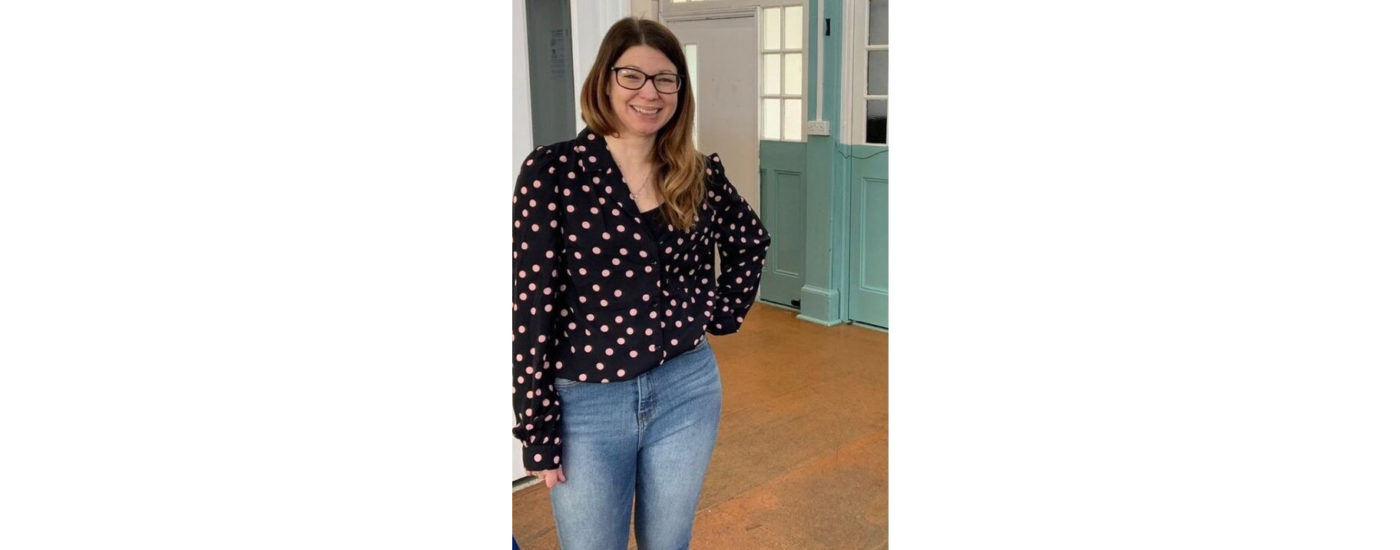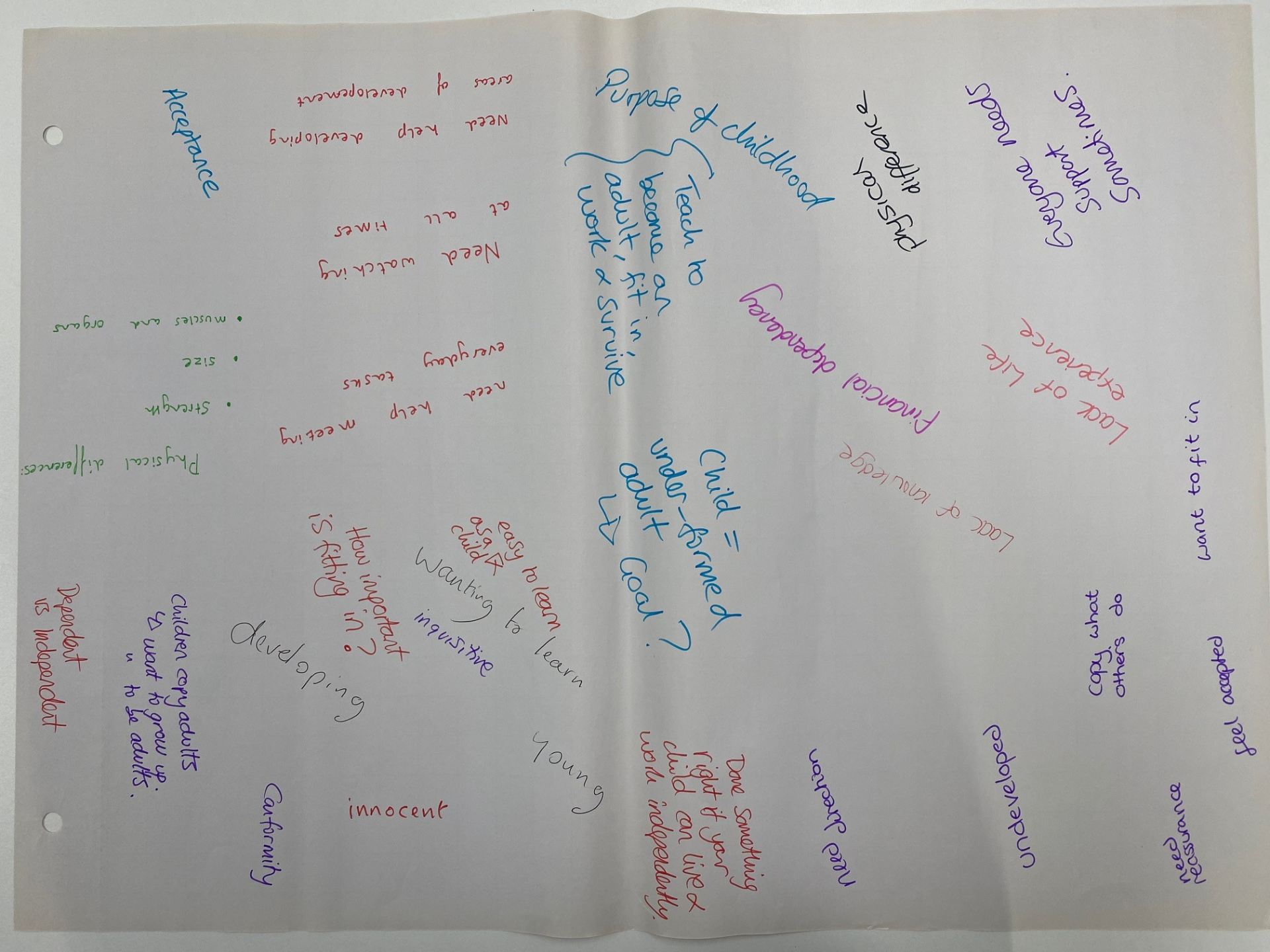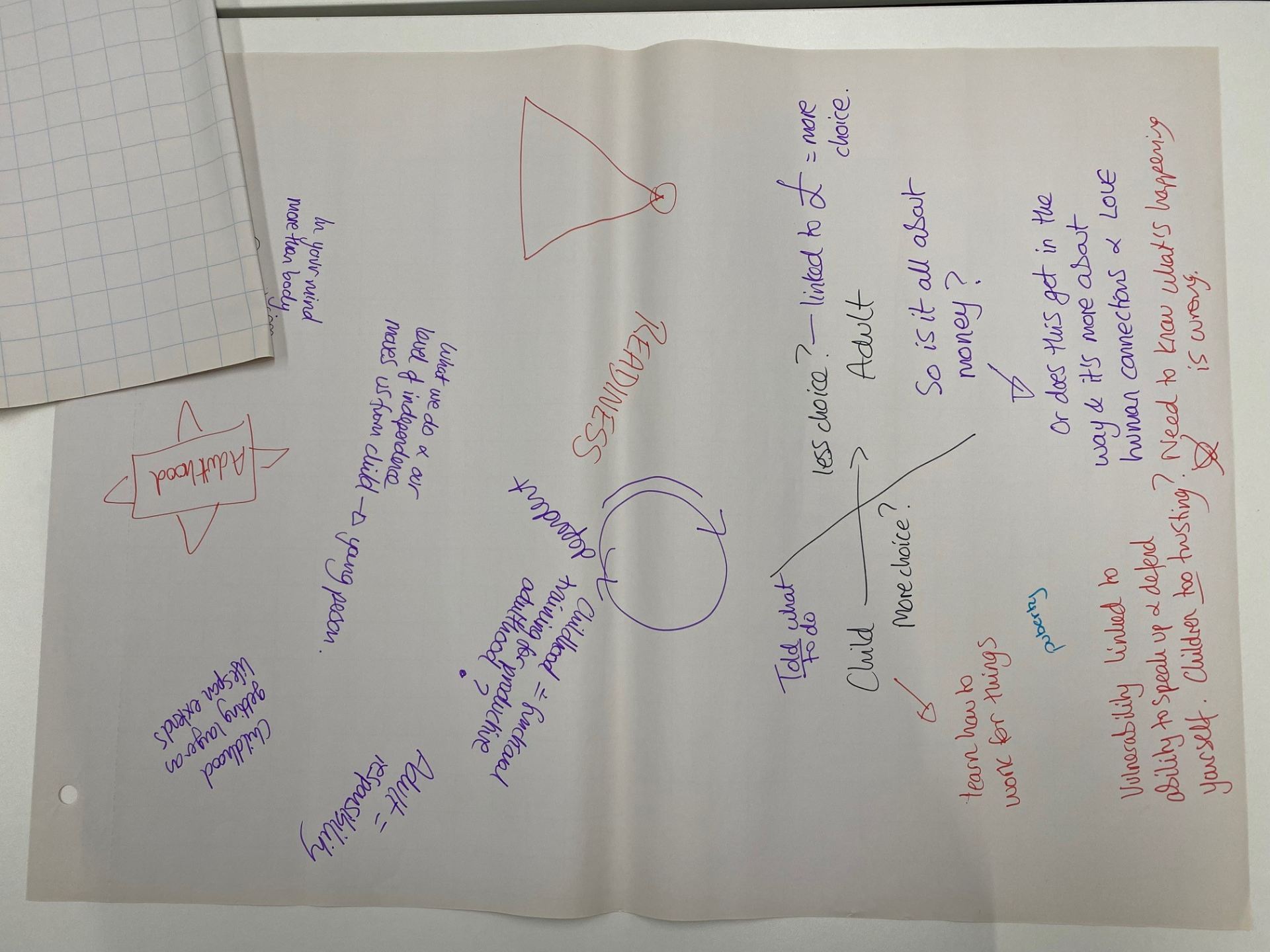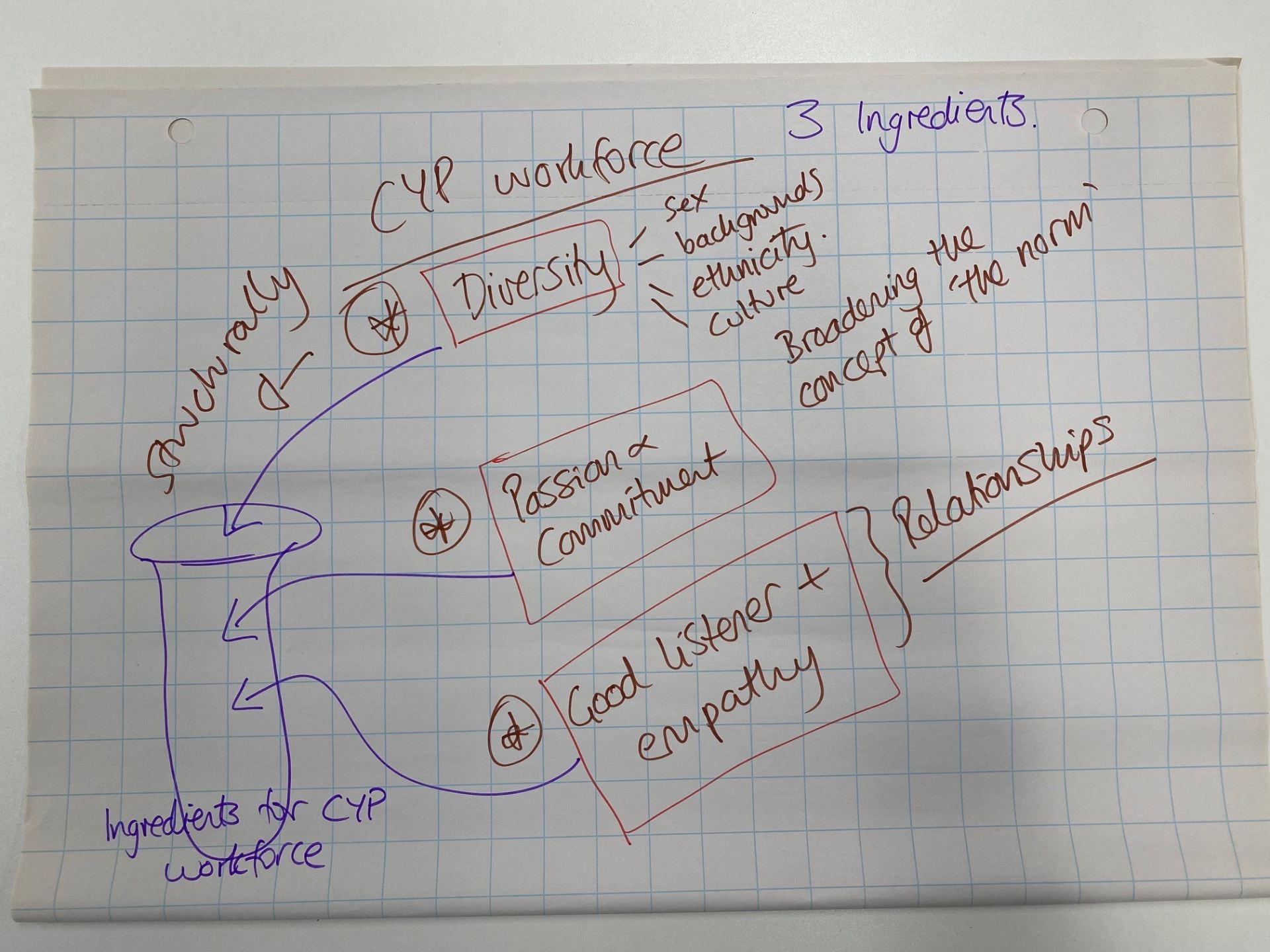
(Decorative image of folded newspaper and laptop)
One of the questions we are often asked is about reading for the course – both from students progressing from one year to the next and from new incoming students. ‘What should we be reading to help us do well’? ‘Is there any required reading’? You may have seen the earlier post about this topic, so you will know that one of our favourite directions in which to point people asking this excellent question is to the news.
Sadly, there is often much in the news that is relevant to the issues facing children and young people. This morning, as I was going through my news feed, a couple in particular jumped out at me:
There is the story in The Independent about the significantly increased rate of emergency mental health referrals for young people: LINK
Then my attention was caught by a story from the BBC about young people with Autism and Learning Difficulties being locked in secure hospitals for decades. These are young people who have committed no crime who are locked away against their will (and that of their families) in some cases for 18 years. Here is the LINK to that story. One of the young people they mention is a woman called Beth, whose story I was already familiar with through her father’s Twitter account. It took him a long time of campaigning to get Beth out and their story has been featured before in other BBC documentaries that are worth exploring. If you use Twitter and would like to follow this account, the handle is @JeremyH09406697
It is well worth looking at news sources such as The Guardian Society to see what grabs your attention. Here is a LINK to their stories relating to Young People.
Our programme is very much driven by these issues and your interests in them, so stay current and let’s talk about what you think and what we can do.



